Shio Kusaka and Subversions of Japanese Pottery
With influences as broad as childhood memories of tea cups, ancient craft, watermelons, or dinosaurs, these ceramics defy categorisation.
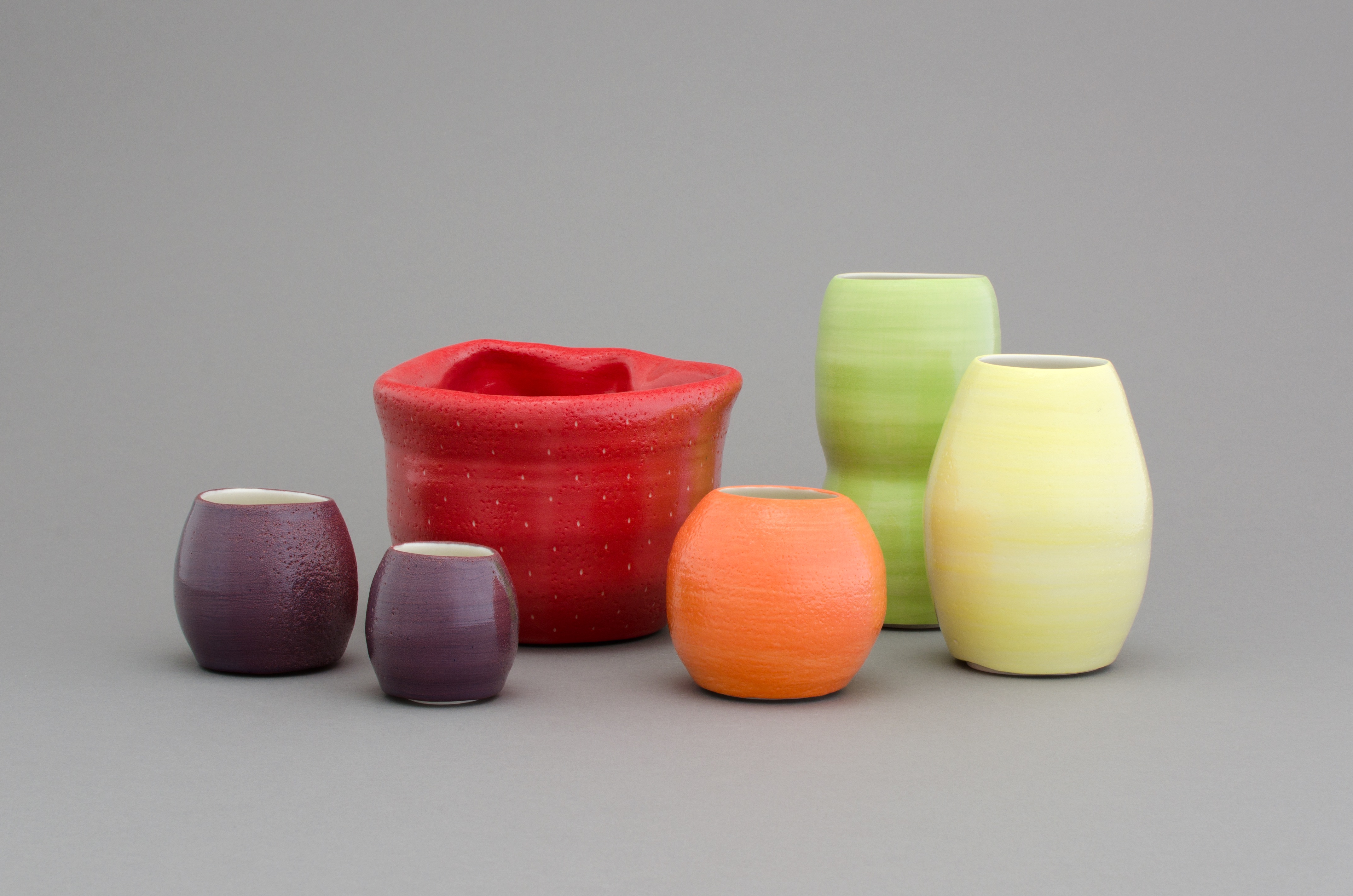
‘Fruits 7’, Porcelain, 2014 © Shio Kusaka, Photo: Wood Kusaka Studios. Courtesy of the artist and David Zwirner.
Shio Kusaka is best known for her ceramic and stoneware vessels that draw on Japanese, Chinese, Cypriot, and Greek traditional forms and practices. Her work, for all its institutional recognition, is as functional as it is artistic. Born in 1972 in Japan, artist Shio Kusaka now lives and works in Los Angeles.
Having graduated from the University of Washington in Seattle in 2001 with a BFA in ceramics, the artist moved to Los Angeles in 2003 and had her first show in 2005 at Tortoise Venice. Her work has since been included in the Whitney Biennial in 2014 and she received the Isamu Noguchi Award in 2021.
Erudite and intimate influences
Her use of shapes, colour, and technique are heavily informed by the Yayoi period in Japan (around 300 BC to 300 AD), named so after the place in Tokyo where pottery from the Yayoi period was first found. While Shio Kusaka’s influences may be traditional, the final form of her ceramics are often off-beat, a Greek vessel may take on the appearance of a watermelon, or an entire gallery filled with small ceramic dinosaurs, the latter influenced by the presence of her small children. Her work equally inscribes itself in more recent art history, transposing the work of artists such as Agnes Martin or Sol Le Witt in ceramic form.
This history is enriched with personal experience: Shio Kusaka grew up in Morioka, observing the chinaware used by her grandmother during tea ceremonies. These diverse references and influences have made for a heterogeneous output over the years that defies categorisation or coherent organisation.
More information on Shio Kusaka’s work can be found on the website of the David Zwirner gallery.
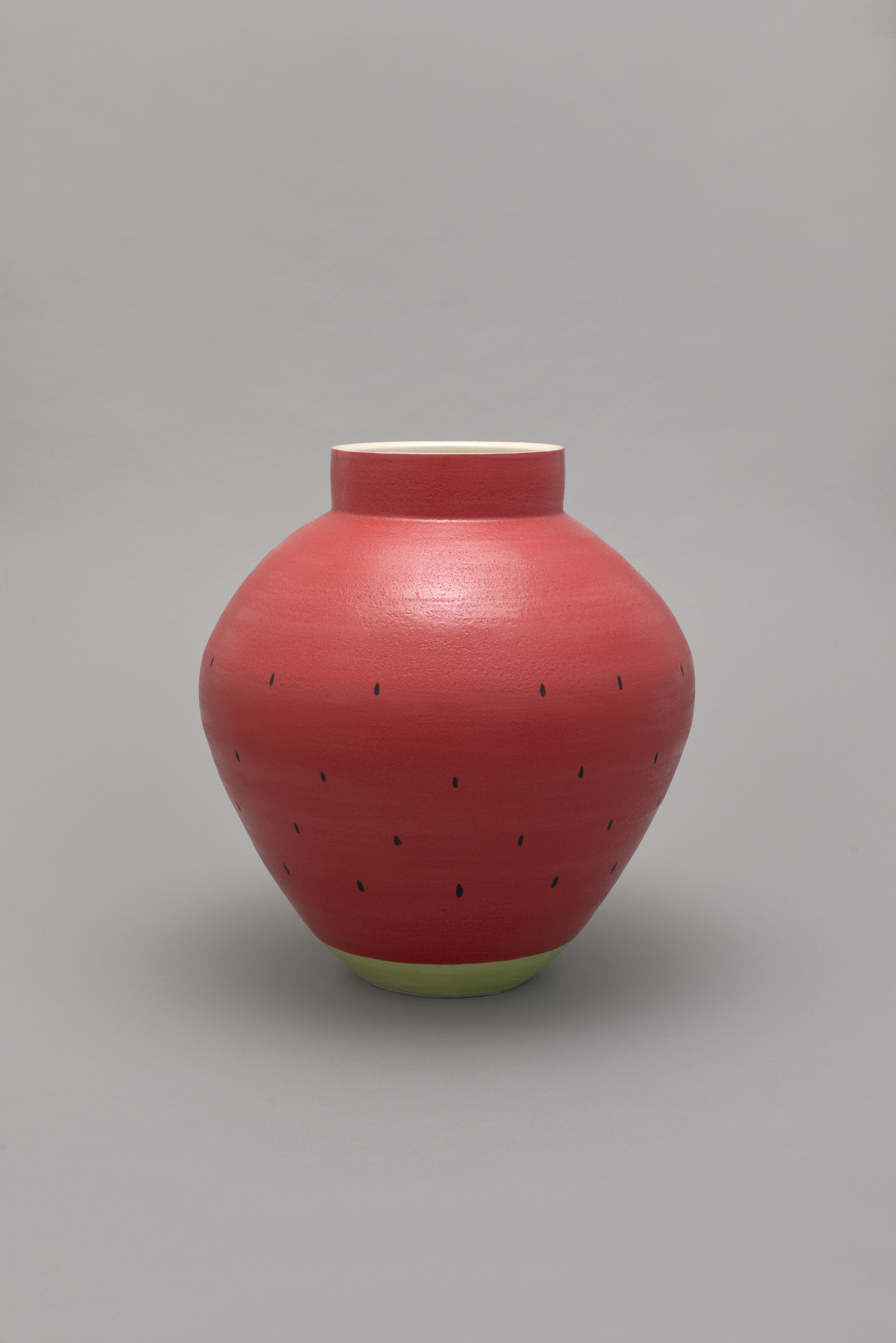
‘Watermelon 11’, Stoneware, 2015 © Shio Kusaka, Photo: Wood Kusaka Studios. Courtesy of the artist and David Zwirner.
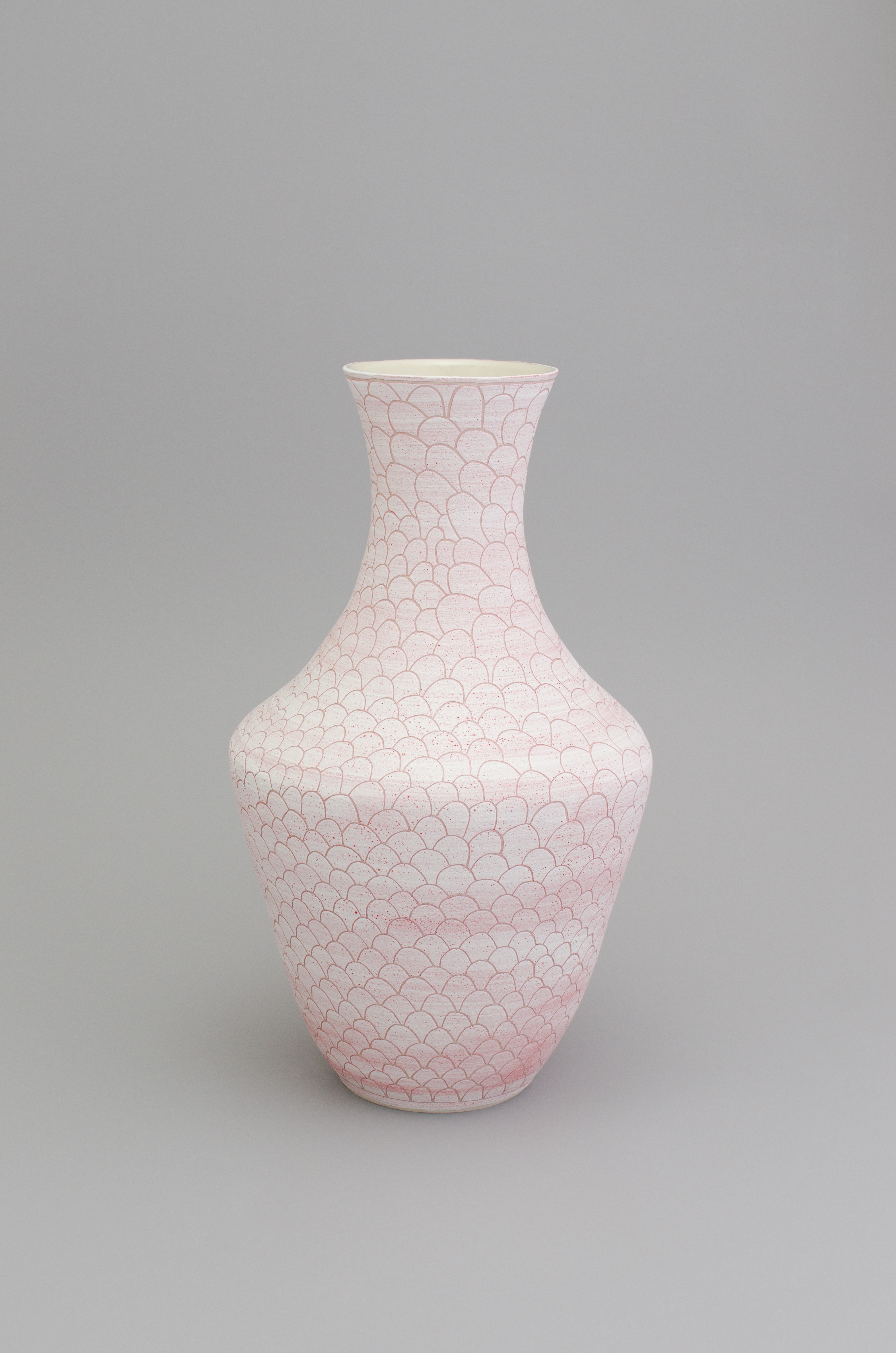
‘Carved 77’, Stoneware, 2015 © Shio Kusaka, Photo: Wood Kusaka Studios. Courtesy of the artist and David Zwirner.
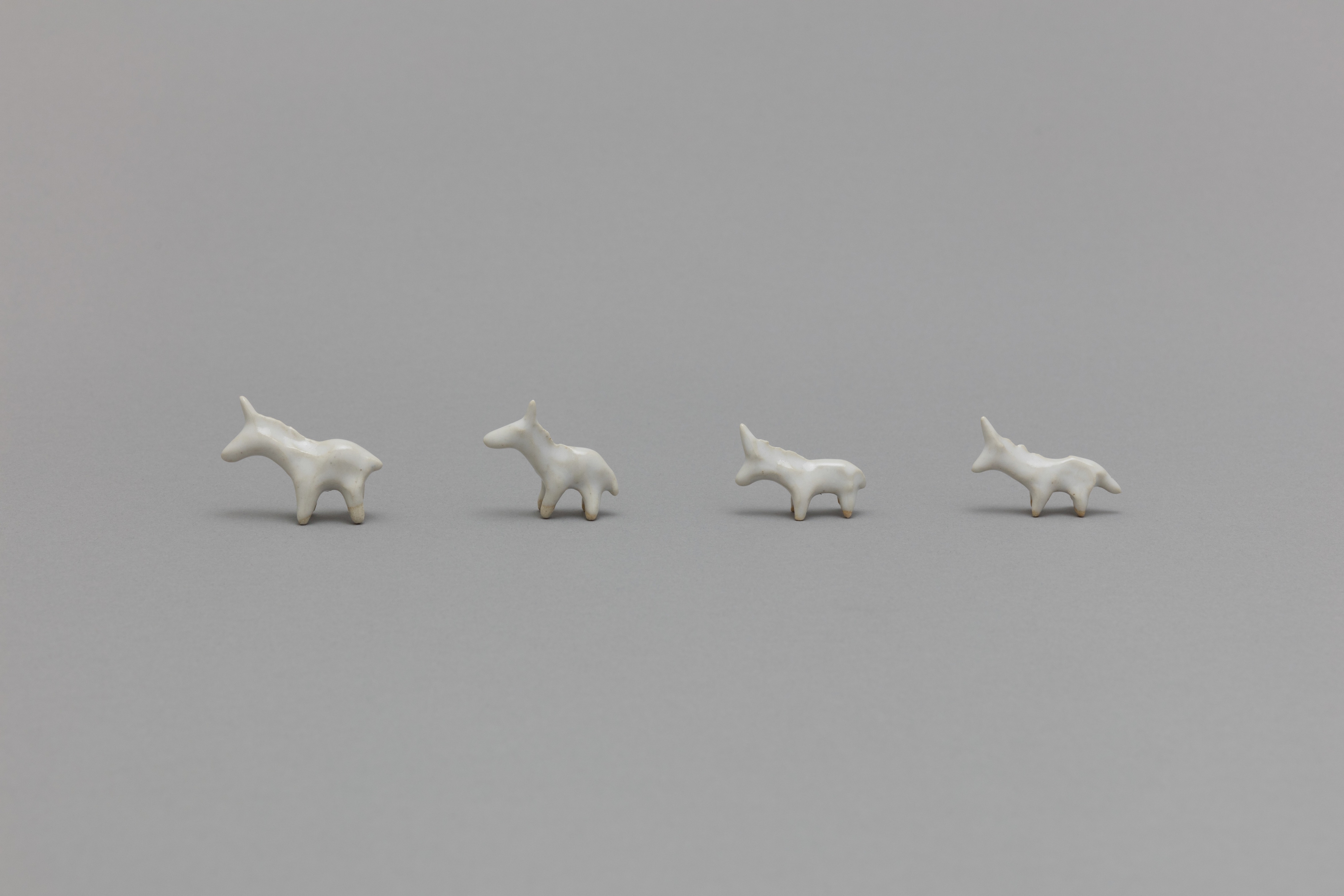
‘Unicorns 2’, Porcelain, 2015 © Shio Kusaka, Photo: Brian Forrest. Courtesy of the artist and David Zwirner.
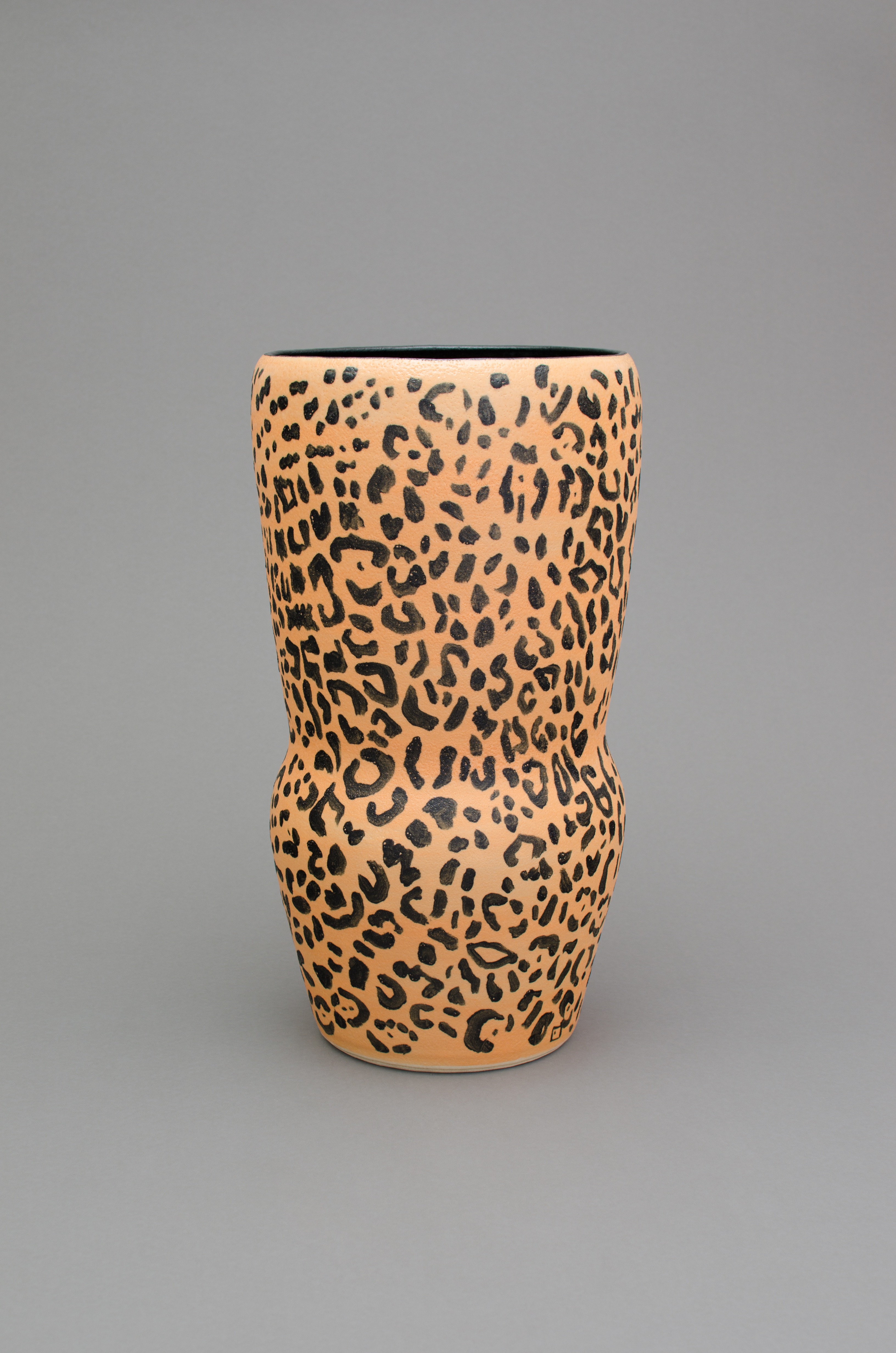
‘Animal 2’, Stoneware, 2014 © Shio Kusaka, Photo: Wood Kusaka Studios. Courtesy of the artist and David Zwirner.

‘Dot 64’, Porcelain, 2014 © Shio Kusaka, Photo: Wood Kusaka Studios. Courtesy of the artist and David Zwirner.
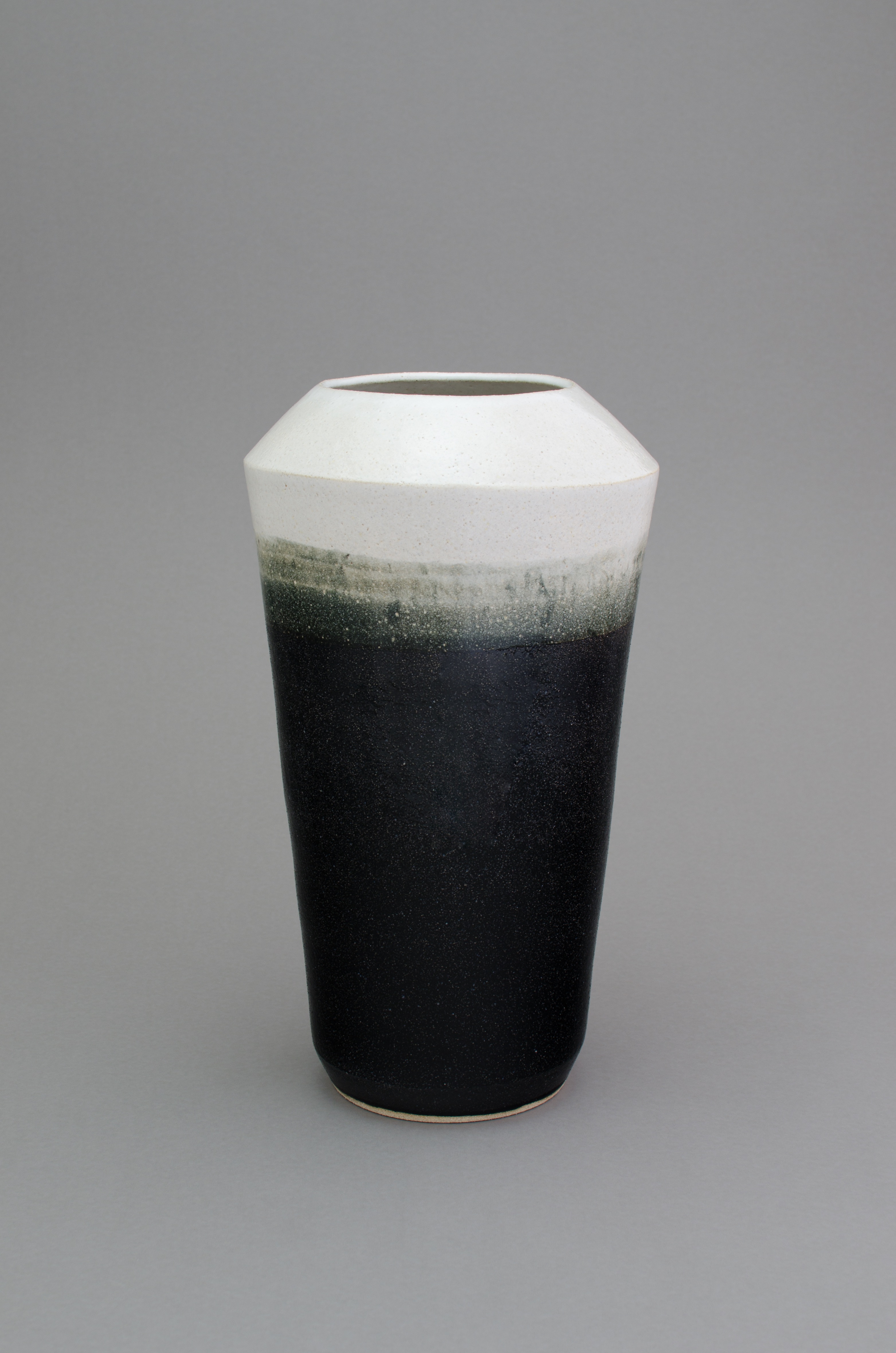
‘Pot 24’, Stoneware, 2014 © Shio Kusaka, Photo: Wood Kusaka Studios. Courtesy of the artist and David Zwirner.
TRENDING
-
The Tattoos that Marked the Criminals of the Edo Period
Traditional tattoos were strong signifiers; murderers had head tattoos, while theft might result in an arm tattoo.

-
Chiharu Shiota, Red Threads of the Soul
Last year, more than 660,000 people visited the retrospective 'Chiharu Shiota: The Soul Trembles' exhibit at the Mori Art Museum.

-
‘Before Doubting Others, Doubt Yourself. Who Can Truly Say a Dish Isn’t What It Used to Be?’
In ‘A Non-Conformist’s Guide to Surviving Society’, author Satoshi Ogawa shares his strategies for navigating everyday life.

-
The Story of Sada Yacco, the Geisha who Bewitched Europe
Described by Dazed magazine as the first beauty influencer, she has been restored to her former glory since 2019.

-
Ito Jakuchu's Naturalist Paintings
From 15 September until 14 October 2018, the Petit Palais showcased the artist's iconic ‘Images of the Colourful Realm of Living Beings’.





